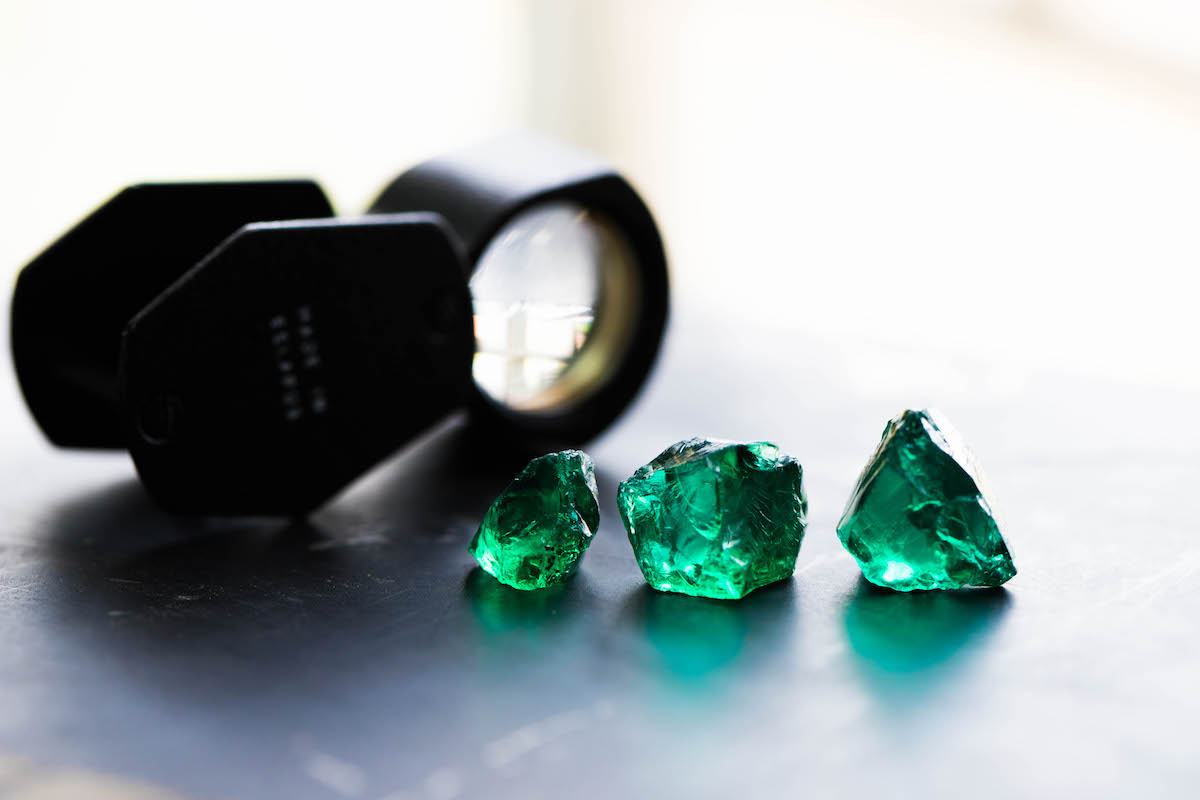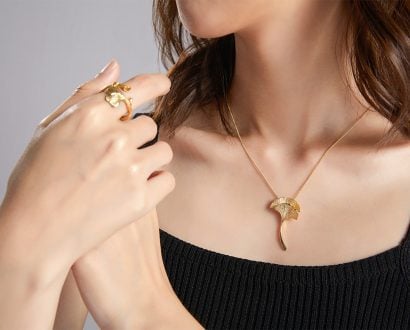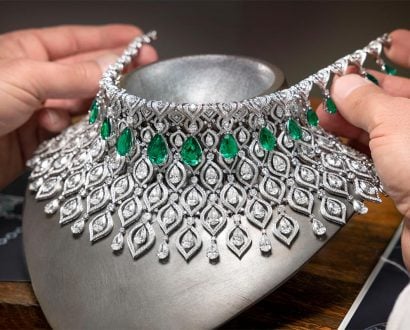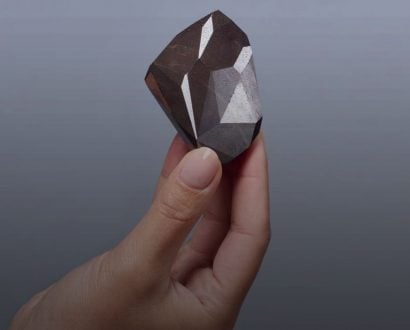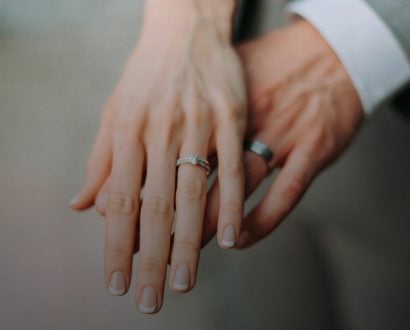A diamond is forever, or so we’ve been led to believe ever since De Beers launched its catchy strapline more than 70 years ago. When it comes to jewellery as an asset class, however, coloured gemstones are what’s currently igniting passion in investors around the world, especially emeralds, rubies and sapphires; collectively known as the ‘big three’.
“Coloured gemstones are outperforming the wider jewellery market with some significant sales taking place already in 2019,” Andrew Shirley, editor of The Wealth Report, commented on the release of the Knight Frank Luxury Investment Index (KFLII) – Coloured Gemstones Special 2019.
Some of those “significant sales” he is referring to include £723,063 for a 17.43-carat Kashmir sapphire ring that once belonged to a European noble family. Sold at auction at Bonhams in London in April this year, the pre-auction price guide was £300,000 to £400,000.
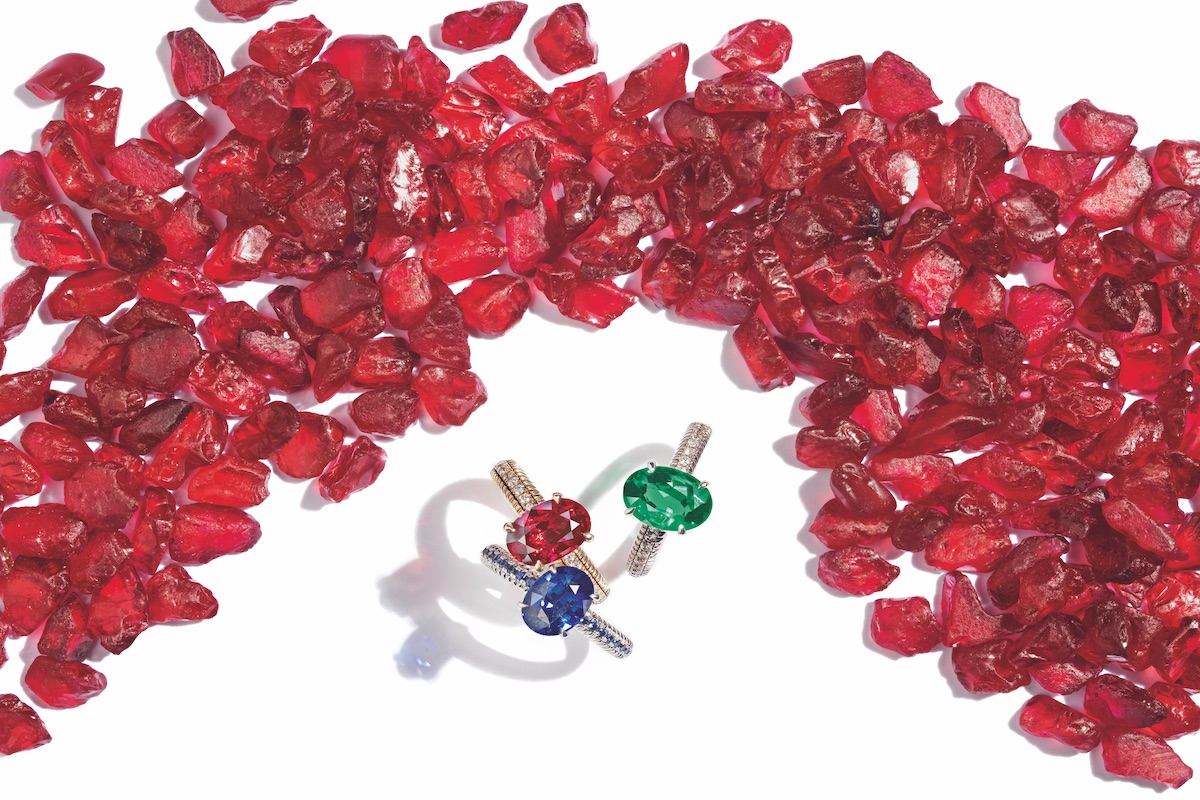
“The swing towards precious coloured gemstones is overwhelming,” – Sean Gilbertson, CEO of Gemfields
At that same auction, the hammer fell at £287,562 for a diamond and sapphire transformable necklace with a 34.59-carat Sri Lankan (no heat) sapphire made in the 1930s by Spanish jeweller Grassy. The estimate was between £120,000 and £180,000.
“The past decade has seen the world record prices for an emerald and ruby surpass that of a colourless diamond on a per carat basis. It surely can’t be long before sapphires overtake diamonds, too,” commented Sean Gilbertson, CEO of Gemfields, the specialists in responsibly sourced coloured gemstones, at the report’s release.
Per carat, the biggest price achieved at auction is the US$1,196,809 for the 15.04-carat Crimson Flame ruby at Christie’s in 2015, which sold for US$18 million.
The 18.04-carat Rockefeller Emerald is the runner-up, selling at Christie’s in 2017 for US$5.5 million, or US$305,516 per carat. In comparison, the record holder for a colourless diamond, is the 76.02-carat Archduke Joseph, coming in at number three and selling at Christie’s in 2012 for US$21.5 million, or US$282,545 per carat.
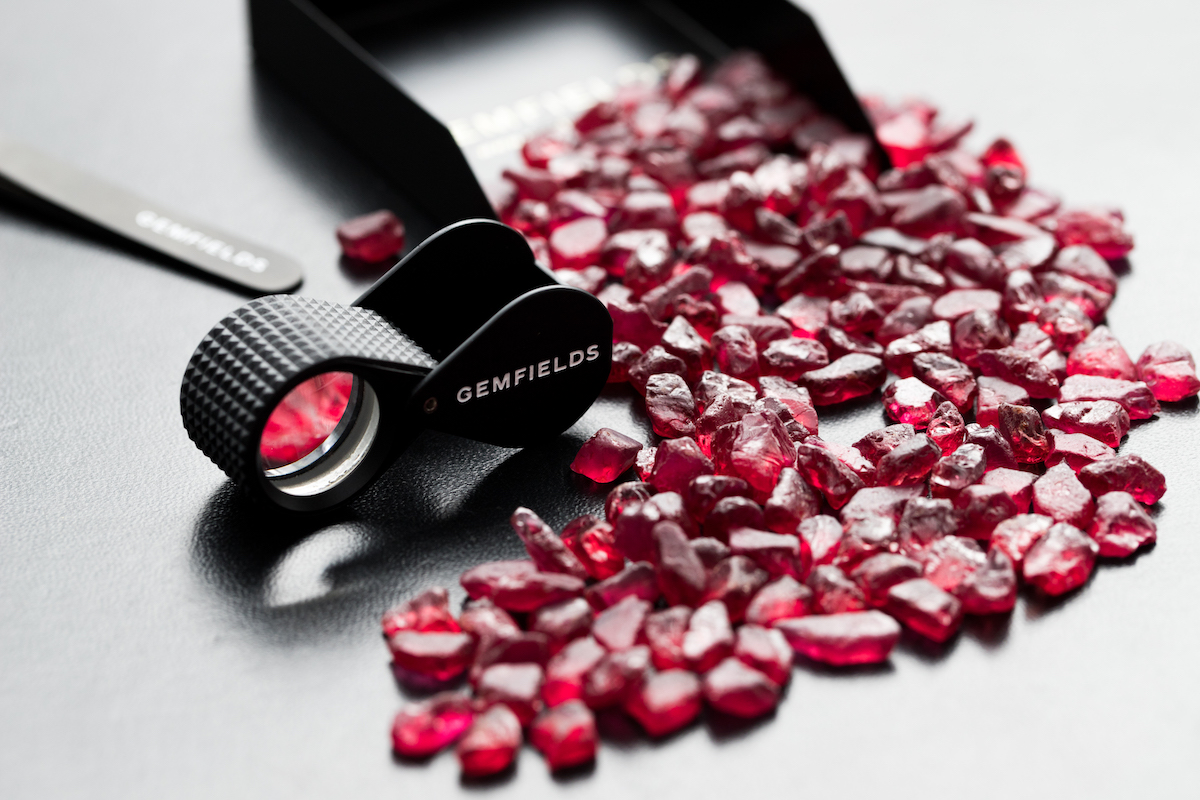
A royal trend?
When Prince William proposed to Kate Middleton, it was with a deep blue sapphire engagement ring that belonged to his mother. His cousin, Princess Eugenie, has a rare coral padparadscha sapphire ring and the Greville Emerald Kokoshnik tiara, a family heirloom, in her jewellery box.
Not to be outdone, Meghan Markle, the Duchess of Sussex, has an aquamarine ring that also once belonged to Princess Diana.
Colour, as the KFLII reminds us, is a way to express personality and identity – and whereas clarity is highly sought after in diamonds, in coloured gemstones inclusions are expected, and it’s what makes each one unique.
But there are also cultural considerations that help explain the surge in popularity of coloured gemstones. In China, red is considered a lucky colour and stands for good fortune.
Josina von dem Bussche-Kessell, Global Sales Director at Fabergé, comments in the KFLII that the jewellers are “seeing increased demand from Asia in particular for rubies”.
Investments of passion
Coloured gemstones, and the wider jewellery market, are still a far way from being the highest performing class on the KFLII: that’s an honour that goes to rare whisky, with 35% growth over a 12-month period (and a staggering 10-year growth of 563%).
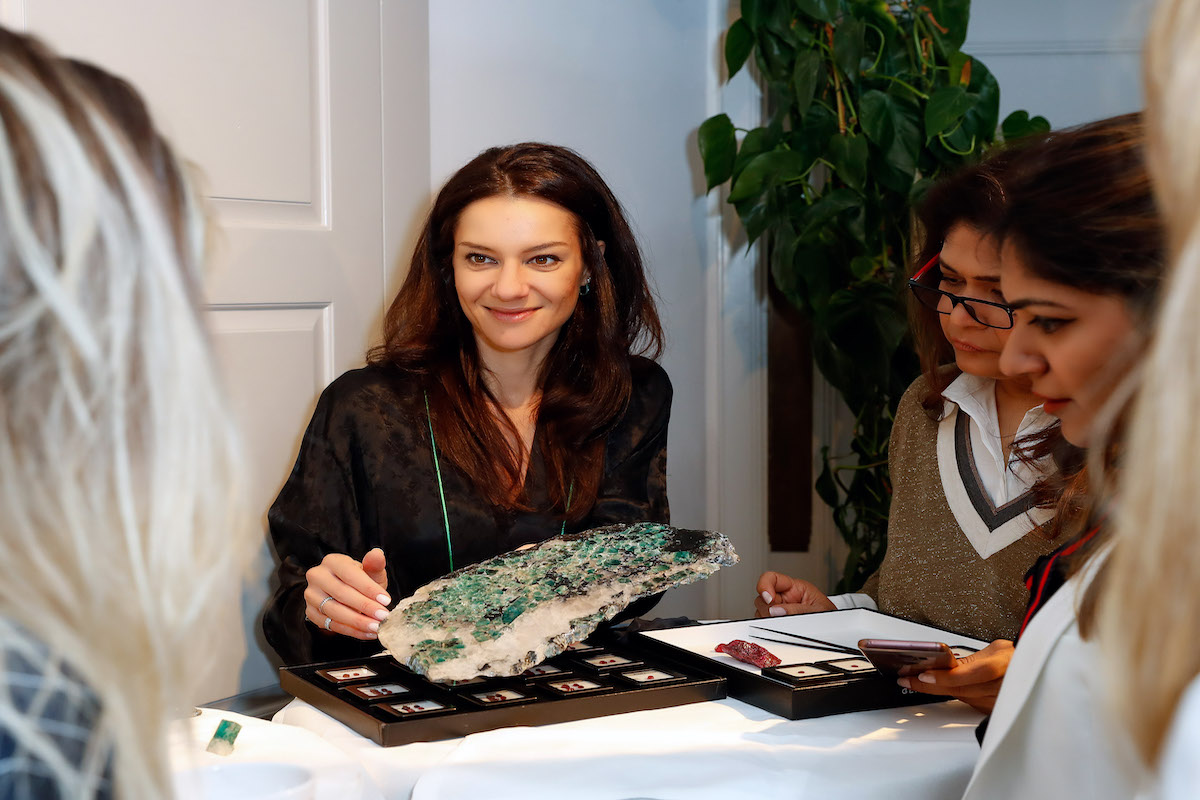
Elena Basaglia, Gemmologist at Gemfields in London, shares with The CEO Magazine her tips for buying coloured gemstones:
- Look for evenness of colour with good saturation (also known as chroma, or the purity of colour – the more vivid the better).
- View the gem in daylight, if possible, so the colour is not affected by artificial light.
- Buy from a trusted source for total confidence that the gemstone has been sourced responsibly and is of the quality described.
- If it is a significant gemstone, request a certificate from a recognised, independent gemmological laboratory to ensure disclosure of treatments and country of origin.
- Look for rarity as this will be associated with higher values.
- Investment aside, personal preference also plays a part. Beauty is in the eye of the beholder, so if it’s to wear, choose the one that speaks to you.

